Introduction
I can still remember the moment I fell in love with minimalist design. It was during a trip to a boutique hotel in Scandinavia. I walked into the room, and everything felt calm and purposeful. The space wasn’t crowded with furniture or trinkets, but each piece in the room seemed intentional, as if it had earned its place. The neutral color palette, clean lines, and open space felt like a breath of fresh air. When I returned home, I realized how cluttered my own space felt in comparison—and that’s when my minimalist journey began.
Minimalism is more than just a design trend; it’s a lifestyle that prioritizes quality over quantity, simplicity over excess. A minimalist aesthetic room is a space that feels light, airy, and calming while still being functional and stylish. But here’s the thing: minimalism isn’t about stripping a room bare. It’s about curating your space thoughtfully, embracing clean lines, and focusing on the essentials to create a room that feels both elegant and livable.
In this blog, I’ll break down the key elements of a minimalist aesthetic room. Whether you’re starting fresh or trying to declutter your current space, these tips will help you create a serene, sophisticated environment that embodies the “less is more” philosophy.
1. Start with a Neutral Color Palette
Why It Matters
A neutral color palette is the foundation of minimalist design. It creates a calming atmosphere and ensures the space feels cohesive and uncluttered.
How to Use Neutrals:
- Stick to whites, beiges, greys, and soft earth tones for walls, furniture, and decor.
- Add subtle contrast with darker neutrals like charcoal or espresso.
- Use muted accents like dusty pinks, sage greens, or soft blues for a touch of color without overwhelming the space.
Pro Tip:
Limit your palette to 2–3 main colors to maintain a clean, harmonious look.
2. Prioritize Quality Over Quantity
Why It Matters
Minimalism is about fewer items, so the pieces you do include should be well-crafted and long-lasting.
How to Choose Pieces:
- Invest in timeless furniture with clean lines and durable materials, like solid wood or metal.
- Look for multifunctional furniture, like storage ottomans or foldable tables, to maximize utility.
- Avoid trendy decor that may feel dated quickly; opt for classics instead.
3. Declutter and Simplify
Why It Matters
Clutter is the enemy of minimalism. A clean, uncluttered room allows the design elements to shine and creates a sense of peace.
Decluttering Tips:
- Follow the “one in, one out” rule: for every new item you bring in, remove one.
- Store away anything that doesn’t serve a functional or aesthetic purpose.
- Use concealed storage solutions, like cabinets or baskets, to keep surfaces clean.
4. Embrace Negative Space
Why It Matters
Negative space (the empty areas around objects) is an essential component of minimalist design. It gives the eye room to rest and prevents the room from feeling overcrowded.
How to Use Negative Space:
- Avoid filling every wall with art or shelving; leave some walls bare.
- Space furniture out to create a sense of openness and flow.
- Let minimal decor stand on its own—less is more.
5. Incorporate Natural Materials
Why It Matters
Natural materials add warmth and texture to a minimalist room, preventing it from feeling cold or sterile.
Materials to Use:
- Wood: Opt for light-toned woods like oak or birch for a Scandinavian-inspired look.
- Stone: Use marble, concrete, or terrazzo in tabletops or decor.
- Textiles: Add softness with linen curtains, cotton bedding, or wool rugs.
6. Focus on Clean Lines
Why It Matters
Furniture and decor with clean, simple lines contribute to the uncluttered, serene aesthetic of minimalism.
How to Choose Clean-Lined Pieces:
- Look for furniture with straight edges and geometric shapes.
- Avoid overly ornate designs or excessive embellishments.
- Incorporate mid-century modern or Scandinavian-inspired furniture for a minimalist vibe.
7. Use Functional and Stylish Storage
Why It Matters
In a minimalist room, storage should be both practical and aesthetically pleasing to maintain the clean look.
Storage Solutions:
- Floating shelves: Perfect for displaying a few curated items without taking up floor space.
- Built-in cabinets: Conceal clutter while blending seamlessly with the room’s design.
- Woven baskets: Add texture while hiding items like blankets or books.
8. Add Subtle Decor
Why It Matters
Minimalism doesn’t mean eliminating decor entirely. Instead, it’s about carefully choosing pieces that enhance the space without overwhelming it.
Minimalist Decor Ideas:
- A single piece of large-scale artwork or a simple gallery wall with neutral frames.
- A few curated objects like vases, candles, or books in soft, muted tones.
- Greenery: Add life with low-maintenance plants like succulents, snake plants, or ferns.
9. Incorporate Thoughtful Lighting
Why It Matters
Lighting sets the mood and highlights the simplicity of your design. Minimalist lighting should be functional and understated.
Lighting Tips:
- Use natural light as much as possible. Choose sheer curtains or leave windows bare.
- Add simple fixtures like pendant lights, floor lamps, or wall sconces with clean designs.
- Opt for warm, soft lighting to make the space feel cozy and inviting.
10. Maintain a Sense of Purpose
Why It Matters
Every item in a minimalist room should serve a purpose, whether functional or aesthetic. This intentionality is what gives minimalism its timeless appeal.
How to Stay Intentional:
- Ask yourself if each item adds value to the space before including it.
- Regularly reevaluate your room and remove anything that no longer fits.
- Choose decor that resonates with your personal style and brings you joy.
Picture Gallery

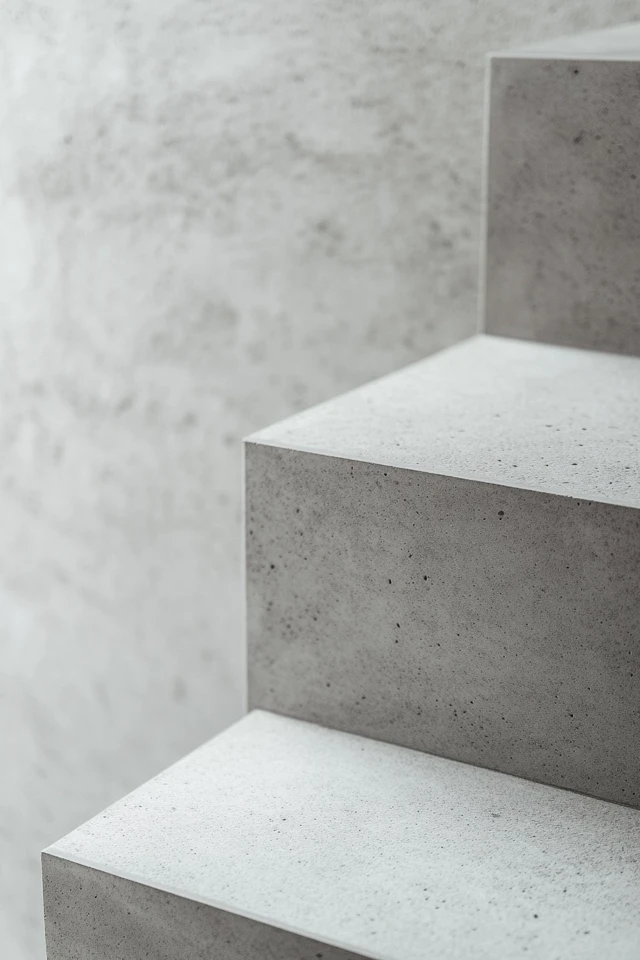
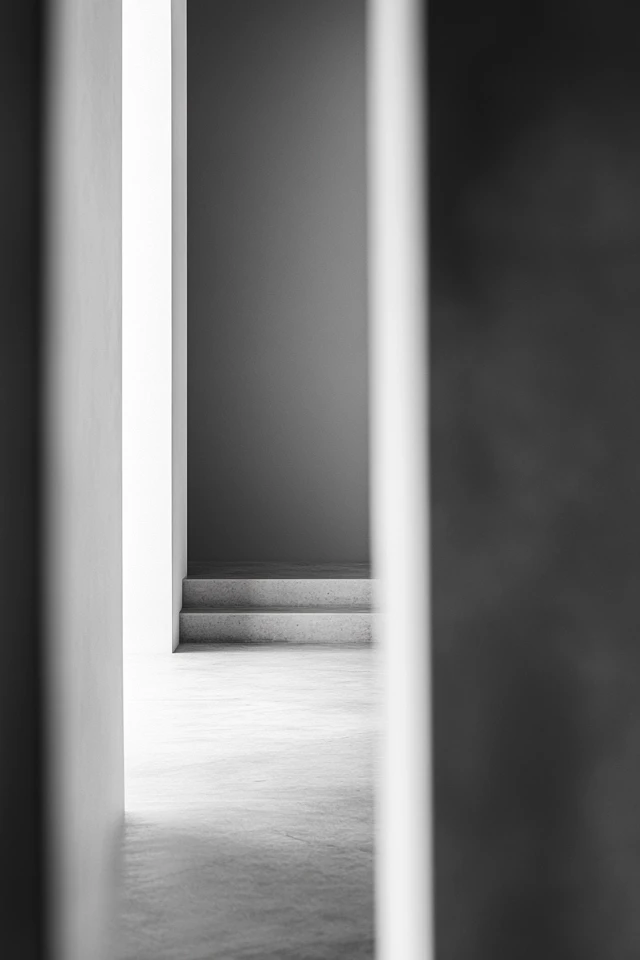

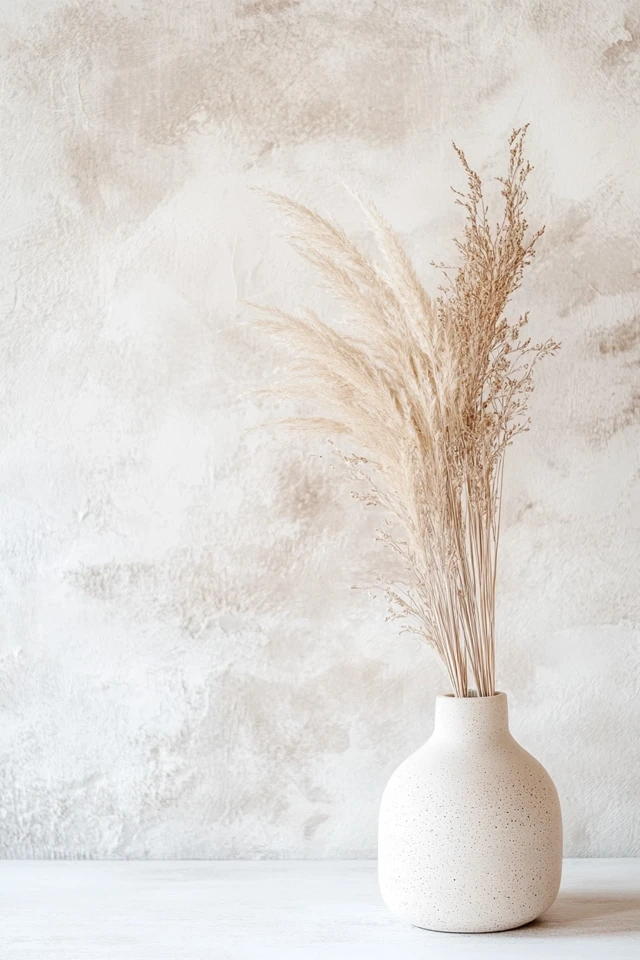
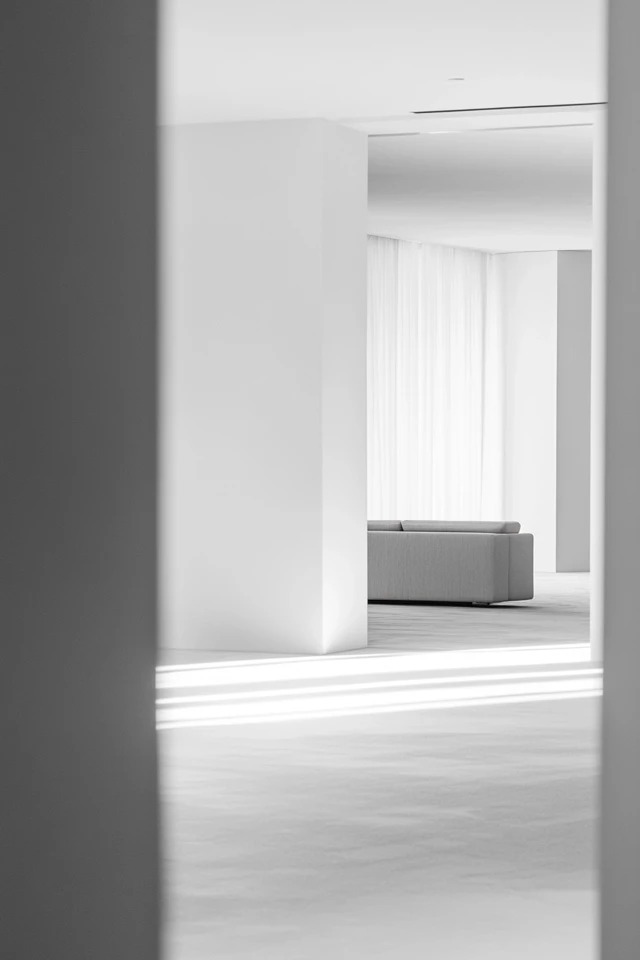
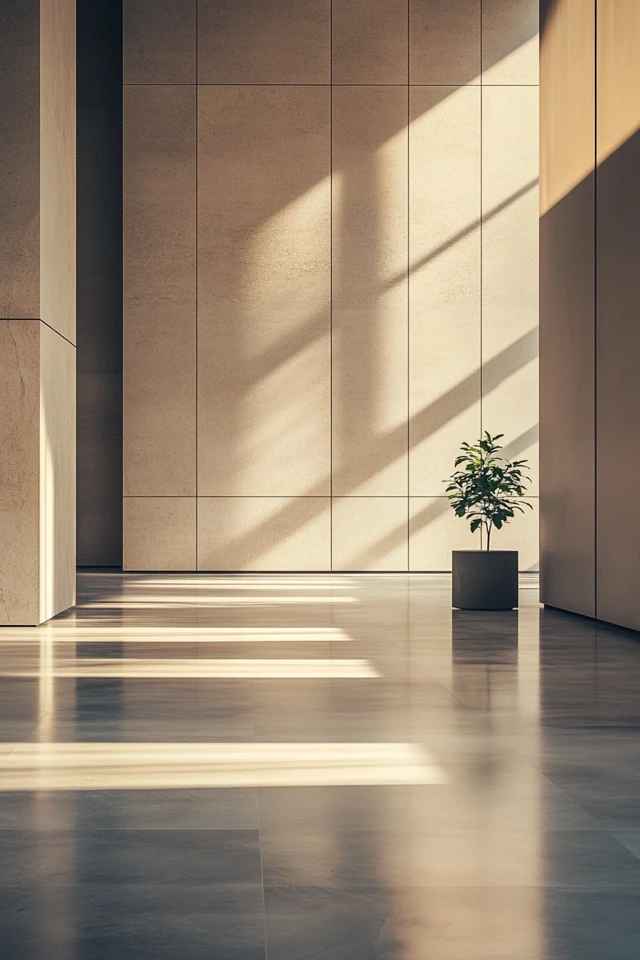

Conclusion
A minimalist aesthetic room is more than just a design choice—it’s a mindset. By embracing simplicity, intentionality, and quality, you can create a space that feels calm, organized, and timeless. I’ve learned firsthand that minimalism isn’t about deprivation; it’s about making room for what truly matters, both in design and in life.
When I transformed my home with minimalist principles, I noticed a shift not just in how my space looked but in how it made me feel. The clean lines, neutral palette, and curated decor created a sense of serenity that spilled over into my daily life. It taught me that “less is more” isn’t just a saying—it’s a way to find beauty in simplicity.
So, whether you’re just beginning your minimalist journey or refining your current space, take it step by step. Start with decluttering, focus on quality over quantity, and embrace negative space. The result will be a room that feels effortlessly stylish and uniquely yours.
FAQ
1. Can a minimalist room still feel cozy?
Yes! Incorporate soft textures like rugs, throw blankets, and cushions to add warmth without cluttering the space.
2. How do I avoid making a minimalist room feel too plain?
Use natural materials, subtle decor, and greenery to add depth and character. A few carefully chosen accents can make all the difference.
3. What’s the easiest way to start creating a minimalist room?
Begin with decluttering. Remove anything that doesn’t serve a functional or aesthetic purpose, then focus on building a neutral color palette.
4. Can minimalism work in small spaces?
Absolutely! Minimalism is ideal for small spaces because it prioritizes functionality and avoids overcrowding. Stick to multi-functional furniture and keep decor minimal.
5. What’s the difference between minimalism and modern design?
While both styles emphasize clean lines and simplicity, minimalism focuses on reducing clutter and intentionality, whereas modern design often incorporates bold elements and trends.


